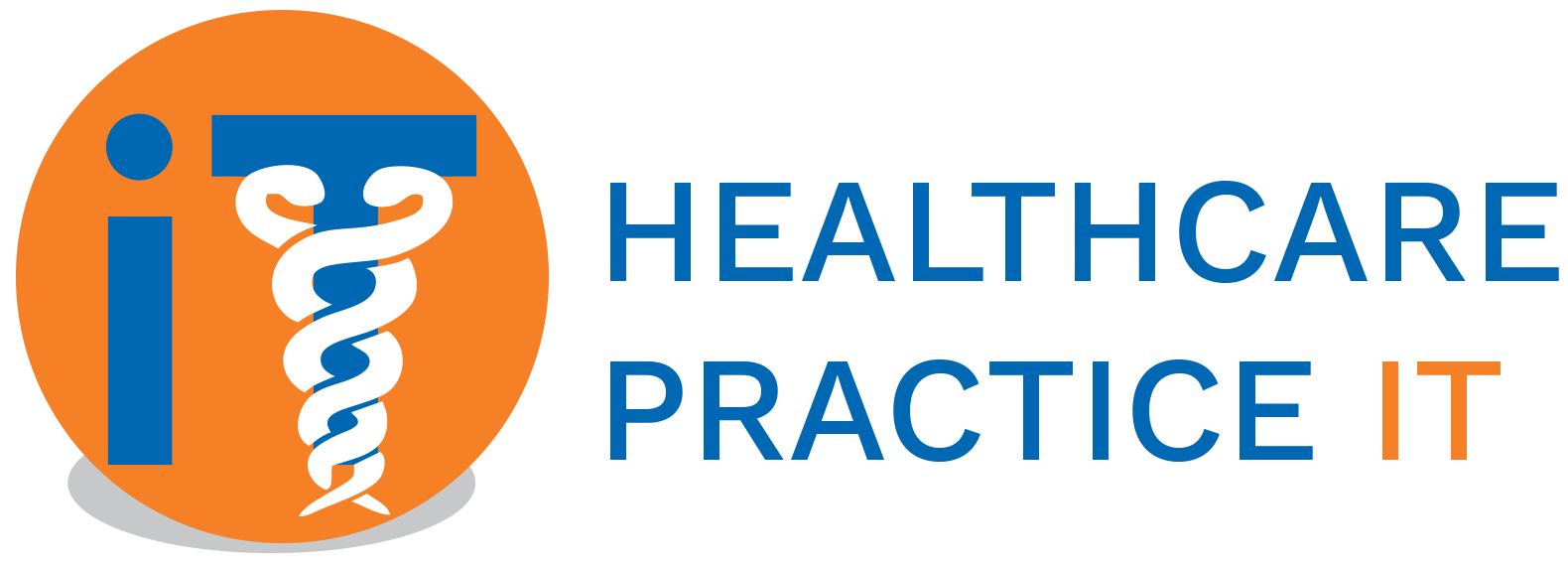Co-Managed IT for Healthcare Organizations
I. Introduction
Co-managed IT is a service model in which an organization partners with an IT provider to share the responsibility of managing its IT infrastructure. This model is particularly beneficial for healthcare organizations, which have unique IT needs and face stringent security and compliance regulations. By partnering with a co-managed IT provider that specializes in healthcare, organizations can ensure that their IT systems are secure, compliant, and optimized for performance
II. Key Considerations for Choosing a Co-Managed IT Provider
Expertise in Security and Compliance for Healthcare
The first and most important consideration when choosing a co-managed IT provider is their expertise in security andcompliance for healthcare. Look for a provider that has experience working with healthcare organizations and is familiar with regulations such as HIPAA and HITECH. They should also have a thorough understanding of the specific IT needs of healthcare organizations, such as electronic health records (EHRs) and telemedicine.
Ability to Customize IT Solutions
Another important consideration is the provider’s ability to customize IT solutions to meet the unique needs of your organization. They should be able to assess your current IT infrastructure and identify areas for improvement, and then design a customized solution that addresses your specific goals and challenges.
Responsive and Reliable Support
The provider should also offer responsive and reliable support, with a dedicated team of IT professionals available 24/7 to address any issues or concerns. Look for a provider that guarantees a fast response time and has a track record of delivering high-quality support.
Proactive Monitoring and Maintenance
Finally, the provider should offer proactive monitoring and maintenance services to ensure that your IT systems are always operating at peak performance. This includes regular software updates, security patches, and system backups, as well as proactive monitoring to identify and address potential issues before they become problems.
III. How to Implement Co-Managed IT for Healthcare Organizations
Identify Your IT Needs and Goals
The first step in implementing co-managed IT for healthcare organizations is to identify your IT needs and goals. This includes assessing your current IT infrastructure, identifying areas for improvement, and setting clear goals for what you want to achieve with your IT solutions.
Evaluate Potential Co-Managed IT Providers
Next, you’ll need to evaluate potential co-managed IT providers based on the key considerations discussed above. Look for providers that offer specialized expertise in healthcare IT, customization, responsive support, and proactive monitoring and maintenance.
Choose a Co-Managed IT Provider
Once you’ve evaluated potential providers, choose the one that best meets your needs and goals. Make sure to review the provider’s service level agreements (SLAs) and pricing plans to ensure that they align with your organization’s budget and requirements.
Develop a Comprehensive IT Plan
Once you’ve chosen a co-managed IT provider, work with them to develop a comprehensive IT plan that includes a detailed assessment of your current IT infrastructure, a customized solution design, and a clear implementation roadmap.
Implement and Monitor Your IT Solutions
Finally, implement your new IT solutions and monitor their performance closely. Work with your co-managed IT provider to ensure that your systems are secure, compliant, and optimized for performance, and make adjustments as needed based on ongoing monitoring and assessment.
IV. Conclusion
Co-managed IT can be a highly effective solution for healthcare organizations looking to improve their IT infrastructure while minimizing risk and cost. By partnering with a co-managed IT provider that specializes in healthcare, organizations can ensure that their IT systems are secure, compliant, and optimized for performance. If you’re considering co-managed IT for your healthcare organization, take the time to evaluate potential providers carefully and choose the one that best meets your needs and goals. Download our informative infographic, “What You Need to Know About Co-Managed IT Services,” for more information on how to implement co-managed IT for healthcare organizations. Learn more about 3 steps to batter Cyber Health.
More blog articles
Minimizing Cyber Supply Chain Risks through Effective Vendor Selection
Cyber supply chain risks refer to the threats that arise from the use of products or services provided by external vendors in an organization’s IT infrastructure. These risks can originate from various sources such as malware-infected software, compromised hardware, or unreliable service providers.
Co-Managed Healthcare IT Myths
Co-Managed IT Services have emerged as a viable solution for healthcare organizations to leverage the benefits of IT without breaking the bank. In this article, we debunk some of the most common Co-Managed IT myths and explore the benefits of partnering with a Managed Service Provider.
Minimizing Healthcare’s Cyber Supply Chain Risks through Effective Vendor Selection
Minimizing Healthcare’s Cyber Supply Chain Risks through Effective Vendor Selection Introduction In the digital age, healthcare organizations face an increasing threat from cyberattacks. With the sensitive and personal information they hold, these organizations are...




